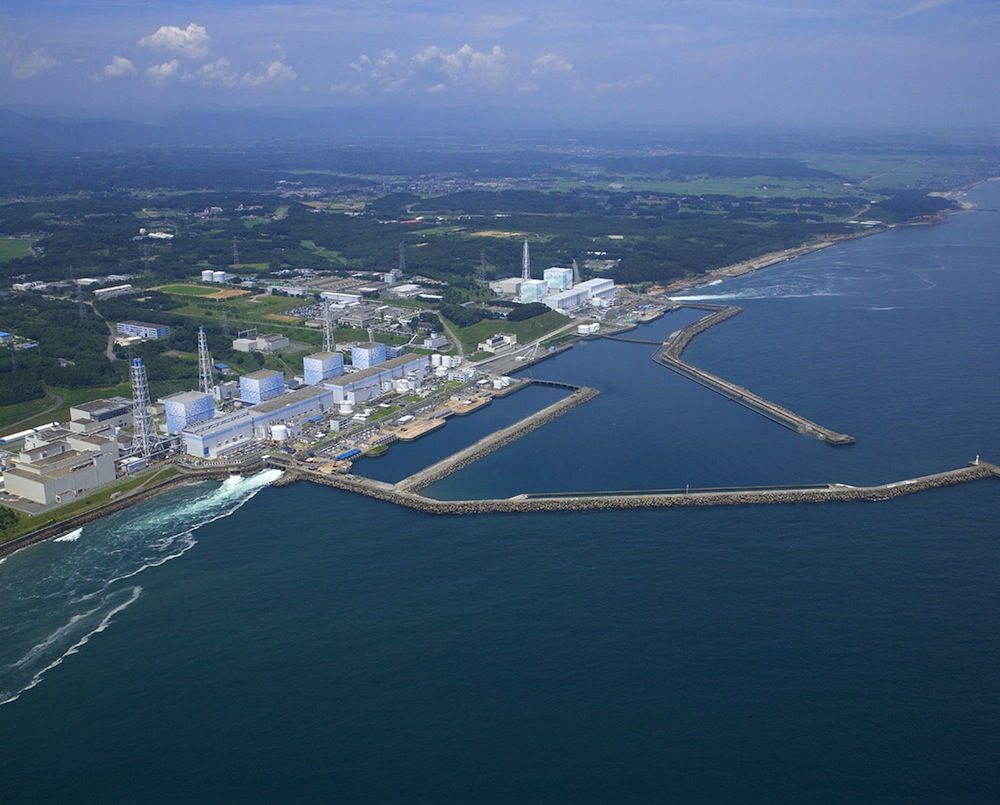Fukushima Water Leaks: New Source of Health Concerns?

The radioactive water leak from Japan's Fukushima nuclear plant — which was upgraded this week from level 1 to level 3, indicating the leak is a "serious incident" — has some wondering whether the contaminated water could be a source of concern for human health.
The plant's operator, Tokyo Electric Power Co., said last week that 300 tons (nearly 80,000 gallons) of highly radioactive water leaked from a storage tank at the facility, and may have reached the Pacific Ocean.
The leaked water is contaminated with strontium-90, cesium-137, and other radioactive substances. [Fukushima Radiation Leak: 5 Things You Should Know]
People can be exposed to radiation in various ways: They can be close to where radioactive materials are, or ingest contaminated food. Either way, radiation can lead to changes in cells' DNA, which could in turn cause cell death or contribute to cancer, according to American Cancer Society.
For the general public living in Japan and neighboring countries, or on the other side of the Pacific Ocean on the U.S. and Canadian coasts, it is unlikely that direct exposure to the radiation in the water could affect people's health, experts say.
Instead, the main potential health concern is consuming contaminated fish.
"It really boils down to food. The primary way these leaks are going to end up as radiation exposure to individuals is through food," said Dr. David Brenner, director of the Center for Radiological Research at Columbia University in New York.
Sign up for the Live Science daily newsletter now
Get the world’s most fascinating discoveries delivered straight to your inbox.
For the workers at the Fukushima site, direct exposure to leaking storage tanks of concentrated radioactive substances is a major health concern, experts say. A person standing 2 feet away from the concentrated radioactive material for an hour would receive a radiation dose equivalent to five times the acceptable exposure for nuclear workers,Reuters reported. Within 10 hours, the exposed person would develop radiation sickness, with symptoms including nausea and a drop in white blood cells. [Infographic: Inside Japan's Nuclear Reactors]
The radioactive chemicals in the water leaks
One chemical found in the leaked water, strontium-90, is a radioactive molecule similar in size to calcium, and it tends to accumulate in the bones once it enters fish or the human body after ingesting contaminated food or water. Although about 70 to 80 percent of the chemical gets excreted, what remains in the bones and bone marrow can cause bone cancer and leukemia.
"If leaks of strontium-90 continue, this radionuclide could become a larger concern in small fish such as sardines, which are often eaten whole," said Ken Buesseler, a scientist at the Woods Hole Oceanographic Institution (WHOI) in Massachusetts who has studied radiation leakage from the Fukushima plant.
"So far, however, evidence suggests that levels in fish of strontium-90 [remain] much lower than that of cesium-137," he wrote in an explainer about Fukushima incident posted on WHOI website.
Cesium-137, a radioactive form of cesium, behaves much differently in the body. It gets distributed throughout the body, with higher concentrations settling in muscle tissues and lower levels inhabiting bones.
Everyone is exposed to very small amounts of cesium-137, as well as to other radioactive chemicals, in soil and water as a result of atmospheric fallout, according to the Environmental Protection Agency. It's known that increased exposure to radiation increases risk of cancer, but it's not entirely clear to what degree.
"Any increase in exposure to radioactivity increases your risk — the question is how much," Brenner said. "We are daily exposed to radiation from a variety of sources. Our body is naturally radioactive. We are bombarded from the sky by cosmic rays."
With about 40 percent of people in the U.S. getting cancer at some point in their lifetimes, according to National Cancer Institute, it is difficult to calculate how many cancers were caused by an increase in exposure to radioactivity.
"What we are talking about here is a small increase above that 40 percent, so it's really hard to actually detect that," Brenner said.
Should humans stop eating seafood?
Fish caught near Fukushima have been tested and found to be have high levels of radioactive cesium. The coastal fisheries remain closed, and contaminated fish are not sold in Japan or exported, according to news reports.
"To a good extent, the food issue is under control, in the sense that Japanese government has pretty stringent limits about how much radioactivity can be in food," Brenner said.
There are fewer concerns about fish living farther away, as the levels of cesium drop low a short distance from Fukushima. "We do not have a concern about the levels of cesium and other radionuclides in fish off the West Coast of the U.S.," Buesseler says.
Although the volume of leaked water may sound large — several thousands of gallons of contamination — the ocean is still much larger, the experts said. And the farther away from the source of contamination, the more diluted the radioactive substances become.
Buesseler organized an expedition in 2011 to study the spread of radioactive chemicals from Fukushima into the Pacific Ocean, and analyzed dozens of samples of water.
Although the radiation levels then were much higher than today, the researchers' calculations indicated that the radiation dose a person might receive on a ship or in the ocean even only a few miles away from the site was not of concern.
"This is not to say that we should not be concerned about additional sources of radioactivity in the ocean above the natural sources, but at the levels expected even short distances from Japan, the Pacific will be safe for boating, swimming, etc.," Buesseler said.
Email Bahar Gholipour. Follow LiveScience @livescience, Facebook & Google+. Original article on Live Science.










